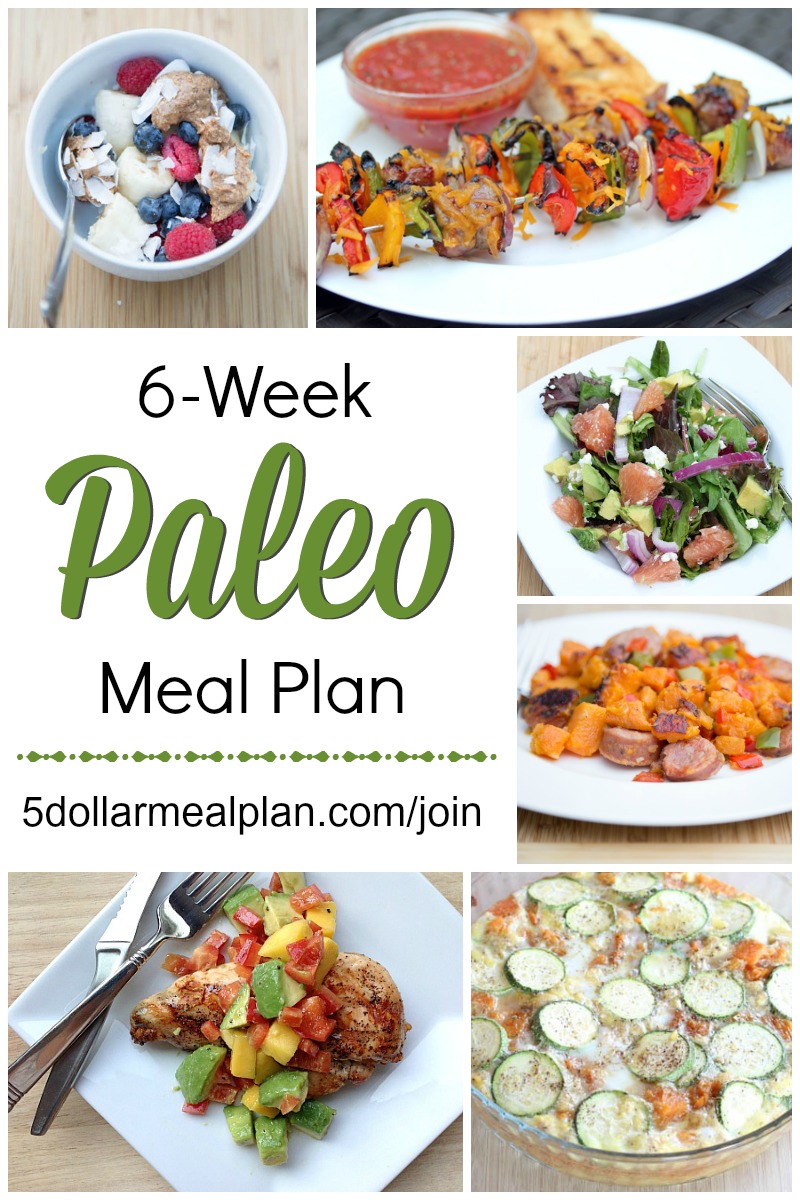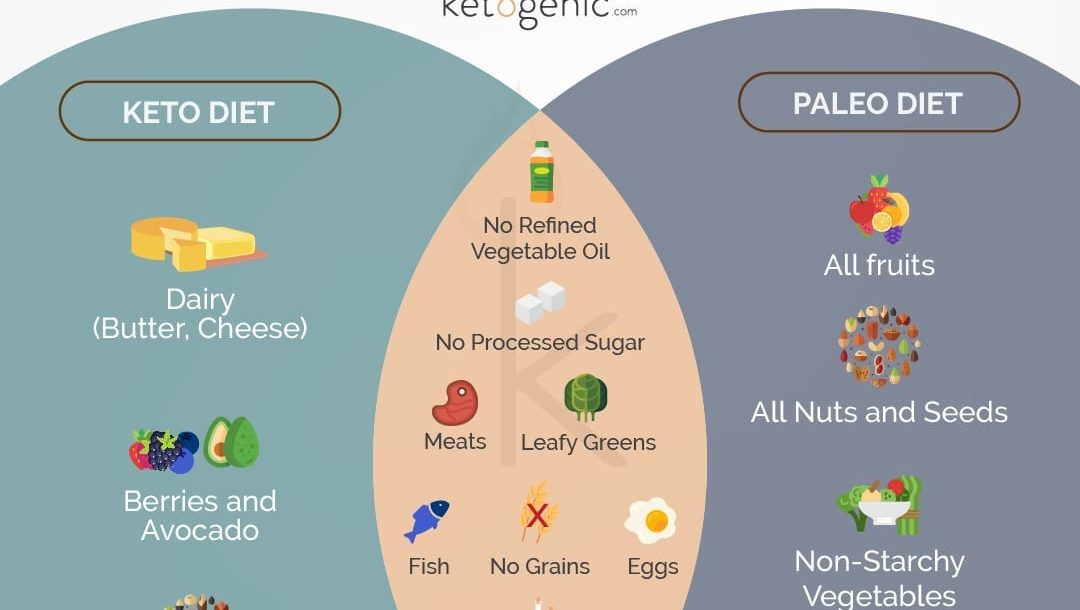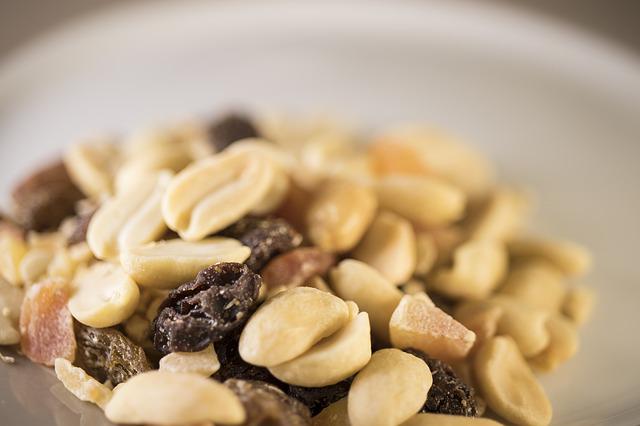
The paleo diet emphasizes eating food that our ancestors would have eaten. This diet includes food such as apricots and dried pumpkin seeds. It is also filled with chicken, sweet potatoes, and vegetables. EatingWell supports certain foods even though the paleo diet might seem restrictive. We'll show you how to eat them while maintaining a healthy diet.
Pola makanan paleolithic manusia
Christina Warinner, Ph.D., studied pola makan manusia purba and mitos-mitos pola makanan paleolithic manusia in 2010. She reveals that manusia Paleolithic consumed large amounts of daging and ate all kinds of meat. This myth was popularly believed by paleolithic individuals, but it is now obsolete and irrelevant.
The diet of paleo (also known as the diet manusia-gua) is a way to eat like what manusia.gua and other people used to eat. They preserve their heritage, and their kesehatan will be better. But, not everyone can eat this diet. It is not for everyone.
Two types of kelompokan make up the lukisan of Ramasokat: ceruk, and lukisan-gua. They were first cultivated in Liabalano, Sulawesi Tenggara, and Liabalano. The lukisan gua has a combination of proteins, fats and carbohydrates. These nutrients can support healthy living and help us understand how humans evolved.

Modern people eat a varied diet that has many benefits and some downsides. People who eat foods high in nutrients such as those from the Paleolithic Era will be more susceptible to developing diseases. Your risk of developing disease is reduced if you eat clean. Clean Eating can help you eat healthier. The benefits of eating this way are obvious: a diet low in fats can be good for your health, and you won't get sick from overeating.
Paleolithic diet foods
Add sugars, vegetable fats, and artificial sweetness are all common in processed foods. They can be dangerous for your health. The excess salt and refined sugars that are found in processed foods can lead to obesity. Heart disease can also be caused by high levels of salt. Vegetable oils are also controversial; the American Heart Association recommends safflower or corn oil as replacements for canola oil. These oils contain high amounts of omega-6 fat acids.
Many commercial paleo diets prohibit dairy products, but others have stricter restrictions. Among the foods allowed on a paleolithic menu diet are lean pork loin, roasted chicken with onion and carrot stuffing, and steamed broccoli. Other paleo diets allow honey and maple syrup in small quantities. This diet has received varying degrees of scientific research.
Legumes, which are high in phytic acid, should be avoided by paleo-lovers. These substances can inhibit the absorption essential minerals from the stomach. These substances are allowed in certain situations. While it may be tempting to eat legumes and potatoes, it's not recommended to add them to your diet as often as you would other processed foods. Rather, you should include plenty of fruits and vegetables in your daily meal plan.
Guidelines for eating a paleolithic lifestyle
The Guidelines for Eating a Paleolithic Diet are very different from the typical modern diet, but they are both based on the same principles. While the Paleolithic diet was primarily composed of animal products, it is also rich in plants, and there are few limitations. It is important to remember that your genetic makeup may not allow you to eat this diet. Additionally, the increased meat consumption may be detrimental to your health. You should be cautious if you believe you could benefit from Paleolithic eating habits.

Paleolithic diet excludes the most popular food groups, including dairy products. These key food groups are at high risk for nutritional deficiencies. A deficiency or lack of calcium in your diet can lead tooth decay. This could have a negative impact on your teeth and bones. Calcium also plays a key role in blood Clotting and Muscle Contracting. Moreover, whole grains reduce the risk of heart disease, stroke, and type 2 diabetes. However, because grains were largely eliminated, you may find yourself at risk for calcium deficiency.
These guidelines are specific to Paleolithic eating. This diet emphasizes eating nutrients-rich foods such as vegetables and proteins and minimizes processed foods. To avoid overdoing it, it is important to carefully follow these guidelines. Keep in mind that every person will have a different paleolithic food plan. It is important to understand that the Paleolithic diet is based on a lifestyle that was prevalent 10,000 to 12,000 years ago.
FAQ
What skills do I need to get into culinary school?
To be a chef you need to be able and able to cook well. Cooking classes can be taken at high schools and community colleges to learn the basics of cooking. Once you've learned basic techniques, you'll need to find a job working for a restaurant or catering company.
What should a beginner chef learn?
For beginners, it is best to begin with something simple like pasta, rice or soup. If you want to learn how to cook, go for a recipe book or YouTube video. Cooking with others is more enjoyable. You can cook together as a family or with friends.
What are basic cooking skills?
Basic cooking skills include the ability to read recipes and measure ingredients. These are the essential skills you will need to be able cook for yourself. Cooking is a great way save money as you don’t have to order take-out every day.
Statistics
- According to the BLS, chefs earn $58,740 a year. (learnhowtobecome.org)
- In the United States, the category is estimated at $23.2 billion annually and is growing faster than the market. (washingtonpost.com)
- The median pay for a chef or head cook is $53,380 per year or $25.66/hour, according to the U.S. Bureau of Labor Statistics (BLS). (learnhowtobecome.org)
External Links
How To
How to become a chef
The career of chef is one of most rewarding. It takes a lot to be able to do this job well. There are many options for those who want to work immediately. You have the option to work in restaurants or hotels, as well as at catering companies. Or you can even learn how to cook. Here are some tips and tricks to help you decide what career path is best for you.
-
Cook!
Everyone should learn how to cook at least once in their lives. It is a good idea to start learning how to cook, even if it's not your first language. There are many recipes online that are simple to follow. The only thing you need to remember is that you shouldn't rush yourself when learning new things. Take your time and enjoy every step of the process.
-
Do you want to become an expert chef? This will allow you to create your own style, taste and gain valuable knowledge. Culinary schools offer courses in baking, pastry making and meat cutting. Most schools require that students attend classes for many years before they can graduate. If you truly want to be a chef, it is worth considering other schools.
-
Work in a restaurant
Working in a restaurant is probably the easiest way to enter the world of chefs. This is the best way to get practical experience before you decide to become a chef. Restaurants want qualified staff, especially if they have had experience in other fields. Look for work in restaurants if your goal is to become a chef.